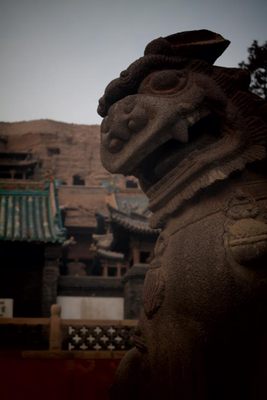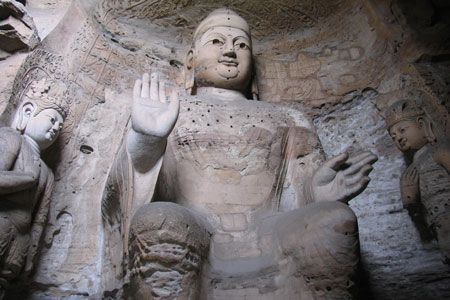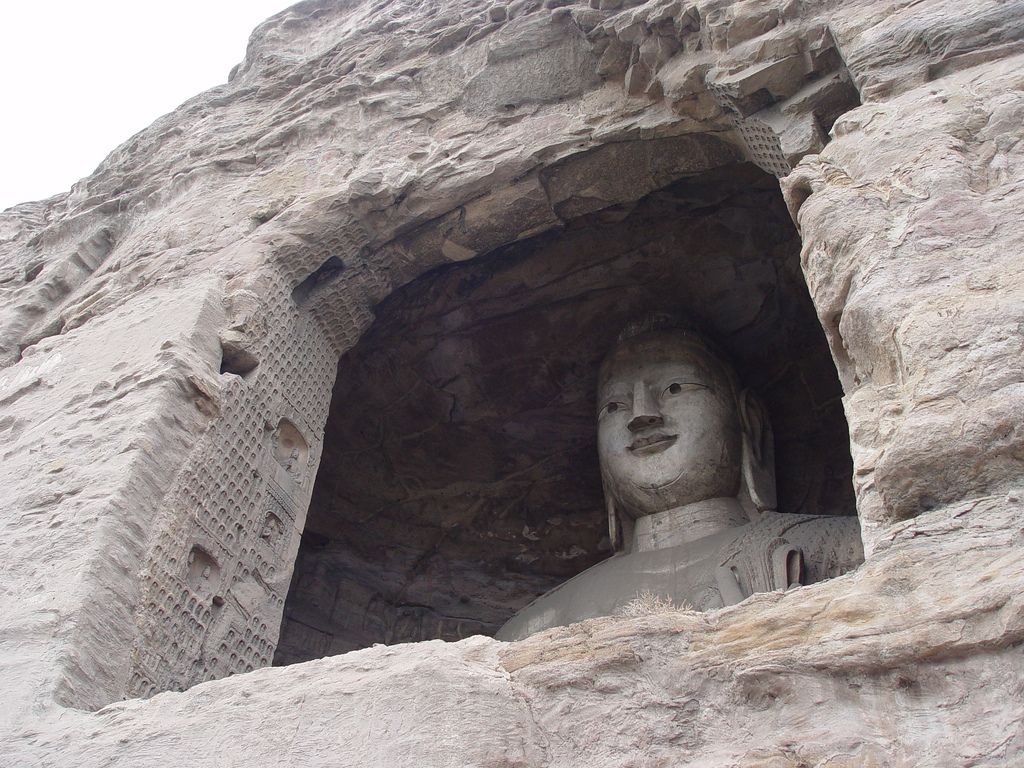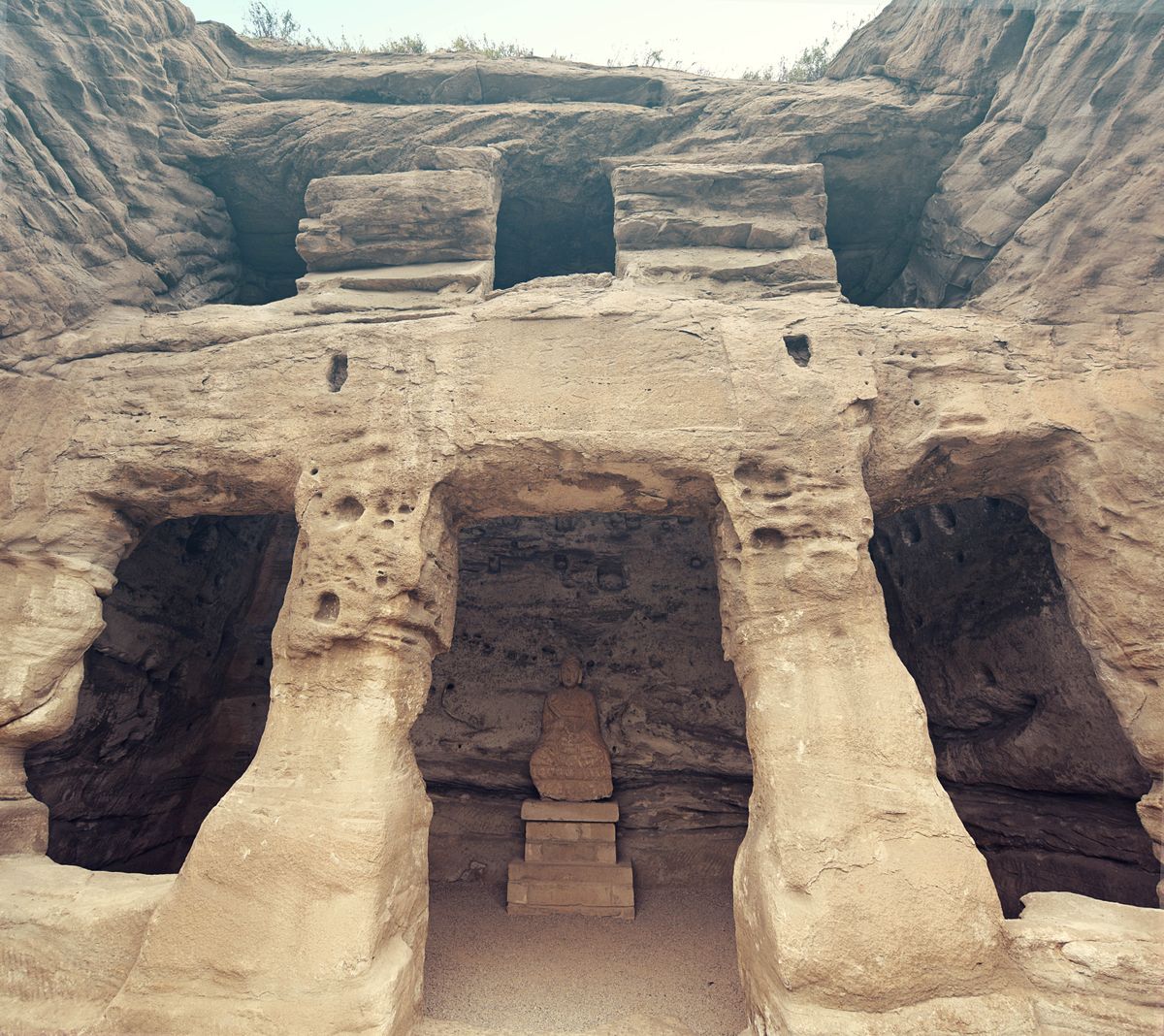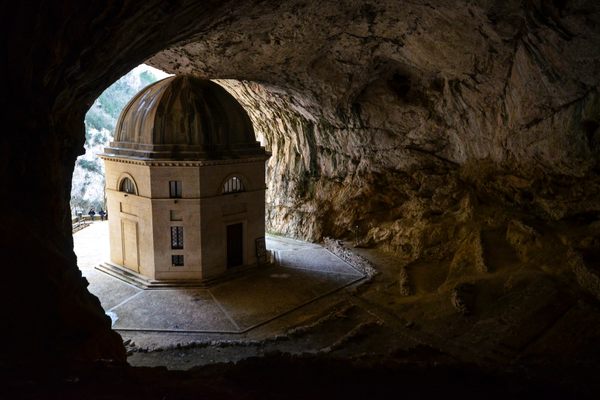About
Buddhism came to China along the Silk Road from India in the early 400s. In the Shanxi region of central China, the monk Tan Yao and other Buddhists began carving sculpture-filled caves around the capital city of Pingcheng (now Datong). Between 465 and 525, approximately 45 caves, 252 shrines, and 51,000 sculptures were built.
The carvings span over one kilometer along the side of the mountain. The walls of the caves are lined with sculptures of Buddha in different positions, though most feature the Sakyamuni, a young Buddha, in a seated position. The sculptures range in size from barely two centimeters to over 17 meters high.
Though the carvings are exposed to the elements, they have been preserved by many efforts. The Liao Dynasty from 1049-1060 attempted to correct some erosion. Additionally, after a fire in 1621, the Qing Dynasty rebuilt extensive parts of the sculptures. Lastly, the People's Republic of China lists the grottoes as a key cultural site to be protected by the government.
They have stopped illegal construction around the caves and saved many grottoes near collapse. In 2001, the grottoes were made a UNESCO Site of World Heritage.
Related Tags
Community Contributors
Edited By
Published
August 17, 2009









